#japan
Rare Rides Icons: The Ford Festiva, a Subcompact and Worldwide Kia by Mazda (Part III)
We return to the Ford Festiva once again today, as the subcompact Mazda-designed hatchback stormed North American shores. It did so wearing a Ford badge and a South Korean VIN, courtesy of a Kia factory. But North America wasn’t the only place it landed.
As we learned last time, the Festiva was built in several different countries and assumed many identities over an extensive history. The Festiva still has not reached the end of its life, but we’ll cover that in a separate article. We pick up today in North America, circa 1987.
Rare Rides Icons: The History of Kia's Larger and Full-size Sedans (Part IV)
We return to our coverage of Kia sedans today and discuss a midsize from just prior to the flagship Enterprise we discussed last time. Kia offered the first midsize car to bear its branding in 1987 when it introduced the new Concord. Concord was essentially a broughamed, front-rear clip swap take on the GC platform Mazda 626. Mazda discontinued the GC 626 that year and immediately sold the platform and tooling to Kia. A couple of years later, the Concord spawned a lesser sibling called the Capital. Capital looked very similar to the Concord but sold to a more economically-minded customer with its much lower level of equipment and low-powered engines.
When the Capital finished up its run in 1997, it was replaced by a compact car Kia had on sale for a few years already: The Sephia. Sephia wouldn’t do for Concord-level customers though, and upon the sedan’s discontinuation in 1995 they were directed to an all-new Kia. The company was ready with its new midsize to bookend the Concord, and it went on sale the same year. Though the new car was again on a donated platform, it was the first time Kia had some leeway to design a midsize of their own. It’s time to discuss Credos.
Rare Rides Icons: The Ford Festiva, a Subcompact and Worldwide Kia by Mazda (Part II)
We return to our Rare Rides Icons coverage of the Ford Festiva today. An important world vehicle for the likes of Ford, Mazda, Kia (and eventually many others), the Festiva arrived at a time when rear-drive subcompacts were being replaced by much more efficient models that were front-drive. And the Mazda-designed Festiva was certainly more efficient and more front-drive than the Fiesta it replaced.
Rare Rides Icons: The History of Kia's Larger and Full-size Sedans (Part III)
We’ve reached the end of the Nineties in Kia’s midsize-or-more sedan story. It was a time of modernization across Kia’s portfolio, and 1998 and 1999 were years of expansion in particular: Kia introduced an impressive nine all-new models across those two years.
For its larger sedan lineup, the dated Potentia (a rework of the Eighties Mazda Luce) continued on in its popularity in the South Korean market. Potentia was updated from its original 1992 looks for 1998. However, that same year Kia introduced a new large luxury sedan to its lineup. The company once again relied on friendly product partner Mazda. Let’s talk about Enterprise.
Rare Rides: The 1966 Nissan Prince Royal, an Imperial Family Limousine
In Part I of our Abandoned History coverage of GM’s Turbo-Hydramatic transmission line, your author made reference to a very exclusive Nissan that made use of the hefty THM400. That extremely formal Rare Ride has been on my mind since then, so here we are. If it pleases your majesty: The 1966 Nissan Prince Royal.
Rare Rides Icons: The Ford Festiva, a Subcompact and Worldwide Kia by Mazda (Part I)
We embark on the important and global tale of a subcompact hatchback today. Your author referenced it last week in Part I of our Kia large cars series, and now it’s time for the promised comprehensive Rare Rides coverage! Manufactured in various places around the world, our subject vehicle lived a long life and had no fewer than 10 identities over its impressive 17-year span. We’re going to party, karamu, Festiva, forever.
Rare Rides Icons: The History of Kia's Larger and Full-size Sedans (Part II)
We pick Kia’s large-car story once more today, at a point when the Korean manufacturer was in the midst of establishing itself as a proper full-line automaker, albeit with contributions from various other automotive firms. After Kia built Fiats and Peugeots via knock-down kits, it moved on to a light rework of the early Eighties Mazda 626. It made two cars out of the 626, its first midsize offerings. They were the upscale Concord and lesser (but still sort of upscale looking) Capital. But before we move on to the company’s first truly full-size car, we need to talk about the Mercury Sable for a moment.
Rare Rides Icons: The Toyota Cressida Story (Part IV)
We’ve come to the end of our Cressida journey, and the short-lived fourth generation. Conservative and staid as ever, Cressida’s final entry was squeezed out of the lineup from above and below: The crushing weight of Lexus came down upon the late Eighties Cressida shortly after its introduction, while Camry smashed it from below. Put on your Urban Sombrero and let’s go.
Rare Rides Icons: The Toyota Cressida Story (Part III)
Today we find ourselves in the third installment of Toyota Cressida coverage. The first Cressida bowed in 1978 with curvy European styling influences and was a more luxurious take of the Corona Mark II with which North American consumers were already familiar. After a short run from 1978 through 1980, a second-generation Cressida was introduced for ’81. It pursued a much more traditional three-box sedan shape, and looked quite Japanese despite marketing statements about how it was “European looking.”
Under the conservative shape were a number of whiz-bang electronic features, all applied to an interior that was redesigned solely for the American market Cressida. The second Cressida was more successful than the first, and new tech features like electronic fuel injection made it more desirable. After another short model run from 1981 to 1984, it was time for the third generation Cressida. The new one in 1985 was even more conservatively styled than the two that came before it. Say hello to X70.
Will Toyota's Production Pause Go Global?
Following last week’s announcement where Toyota explained its need to scale back Japanese production by 20 percent this April, the automaker has outlined planned slowdowns for the foreseeable future. It’s citing all the usual problems. Countries are still employing various COVID-19 restrictions that are upending supply chains, semiconductor production for automobiles remains insufficient, and there’s a war in Eastern Europe that’s creating all-new troubles while exacerbating some of the more familiar ones. But scaling back output might not be the death sentence it sounds like.
With last year resulting in 10 million deliveries worldwide, Toyota actually managed to improve its sales against 2020’s year-over-year global production decline of 12 percent. And the last two years have also yielded enhanced profitability for the automaker, despite it having expressed repeated concerns about procuring enough components to keep popular models (like the RAV4) in stock. In 2021, Toyota saw $249.4 billion in revenue and even became the best-selling automaker in the United States, dethroning former top-dawg General Motors.
Rare Rides Icons: The Mitsubishi Diamante Story (Part IV)
Last time on our Diamante coverage, we learned about the near-luxury sedan’s somewhat delayed introduction to America. In the two-year translation from a Japanese market car to an American one, Diamante lost the majority of its interesting and advanced tech features and adopted a cheaper suspension design. Today we’ll find out what happened when Mitsubishi pitched the new and de-contented Diamante against the Lexus ES 300.
Rare Rides Icons: The Mitsubishi Diamante Story (Part III)
Today is the third installment in our coverage of the Mitsubishi Diamante, the Diamond Star brand’s only luxury offering ever sold in the North American market. Part I introduced us to the Diamante via the Sigma. That fancy hardtop Galant gave way to the Diamante in 1992, based on an extended length Galant platform. The second-generation hardtop sedan and its wagon counterpart were finished for 1995 on dealer lots, though fleet buyers (which fleets though?) had a Diamante available to them in 1996. In 1997, Mitsubishi was back with an all-new Diamante and aimed even higher than it had before.
Rare Rides Icons: The Mitsubishi Diamante Story (Part II)
In Part I of our Rare Rides Diamante coverage, we talked almost exclusively about our subject’s predecessor, the Sigma. Alternatively called Galant Σ, it was a hardtop luxury version of the standard Galant offered in the US market. It was dated when it arrived, too small, and not differentiated enough from the Galant to warrant its high price. U.S. customers mostly ignored it, and Canadians never knew it existed since they didn’t receive any Mitsubishis until 2002. Headed into the Nineties, Mitsubishi had no upscale sedan offering at all in North America, as the Galant was the firm’s largest car. That changed in 1992 with the arrival of the all-new Diamante.
Rare Rides Icons: The Toyota Cressida Story (Part II)
In Part I of this series we were introduced to Toyota’s Cressida, aka Mark II in almost every other market. A “new” model for the North American market, Cressida picked up where the Corona Mark II left off. The main reason behind the branding change was that Cressida had greater upmarket intentions than the Mark II. When it arrived for 1978 in North America, Cressida wore entirely different styling to its predecessor: Upright, formal shapes replaced the faster-looking curves of the Mark II. The conservative mid-sizer wore a Euro-inspired visage with many Jaguar cues, and the rest of the styling was a mixed bag of American and Japanese flavors.
But the first generation was not long for the world, and after just three model years Toyota released an all-new Cressida. This second edition stuck much closer to Toyota’s typical three-box playbook and added Eighties technology into the bargain. Time for X60.
Rare Rides Icons: The Mitsubishi Diamante Story (Part I)
Rare Rides Icons has featured much Japanese sedan content lately, including the mid-Eighties sedan mainstays and most recently a series on the luxurious and conservative Toyota Cressida. However, there’s a mainstream Japanese brand (or two) yet to be included in our sedan considerations. One of them is Mitsubishi, and today we’ll discuss the only true upmarket product the company ever offered in North America. It’s Diamante time.





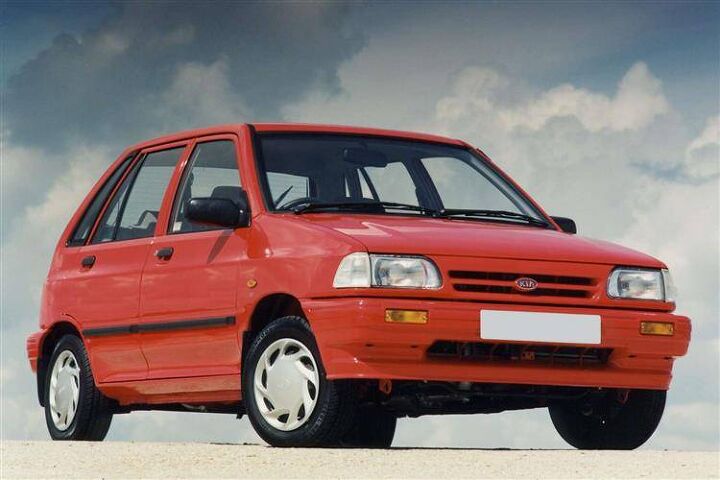



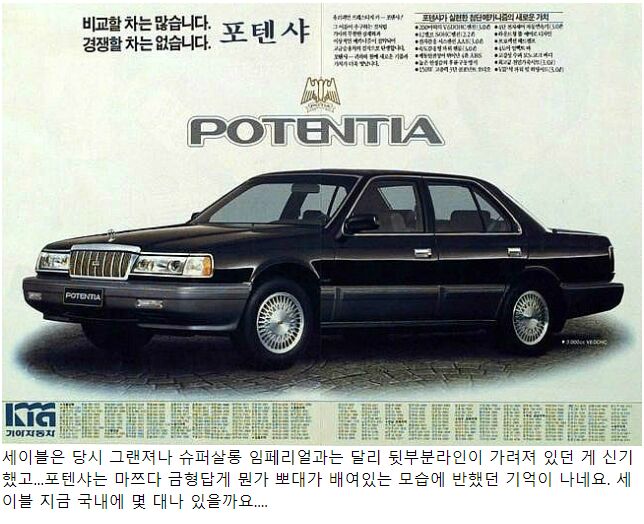
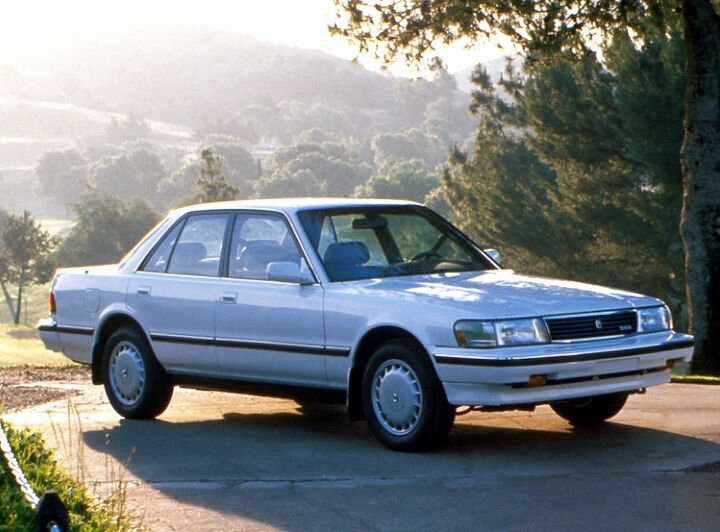



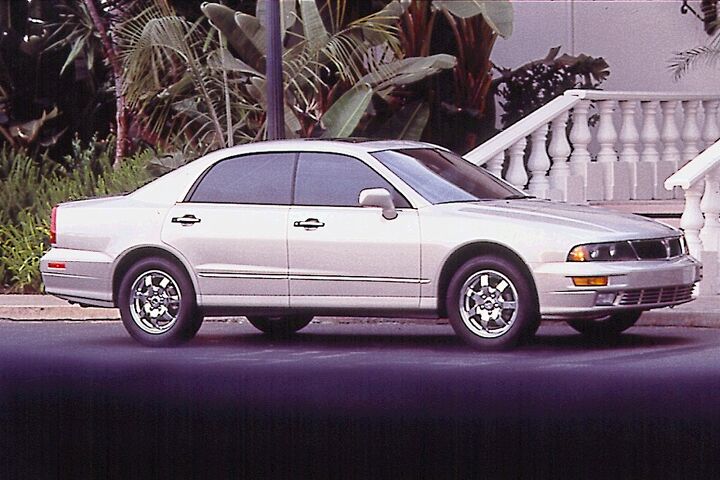


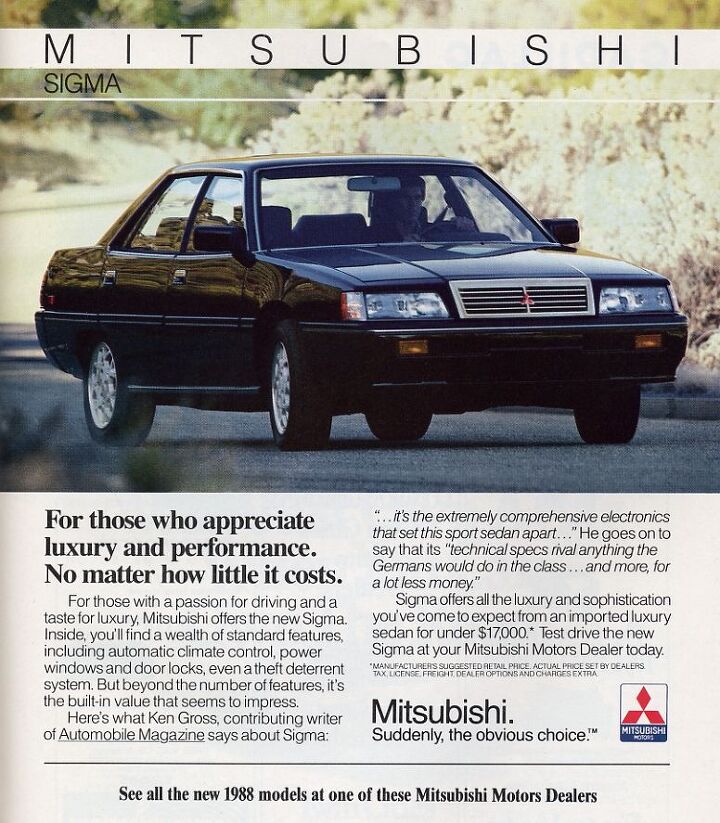












Recent Comments